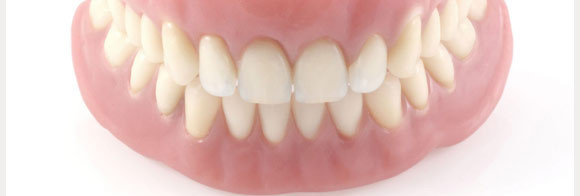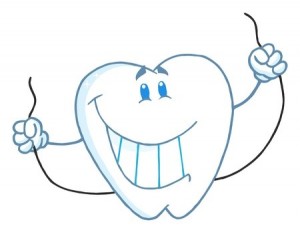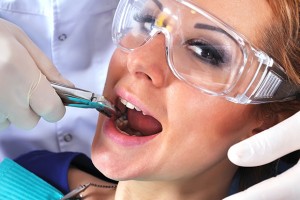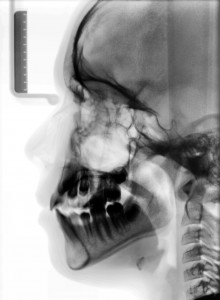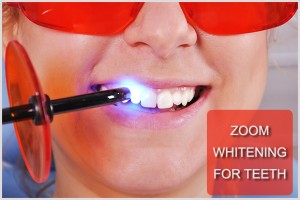Extraction Post Op Care
If you just had a tooth extracted, the following information will help. The initial healing period typically takes from 1-2 weeks, gum tissue (Gum Disease | Gum Disease Treatment) takes about 3-4 weeks to heal and complete healing of the bone can take about 6 months.
Immediately Following Surgery After Extraction
- Keep the gauze placed over the extraction (Extraction Procedures) site with pressure applied by biting down until the bleeding stops. You may need to change the gauze a few times if it is soaked with blood. You may have some minor oozing for the next 24 hours which is perfectly normal. Place a towel on your pillow case before sleeping at night so the pillow case won’t get bloody.
-
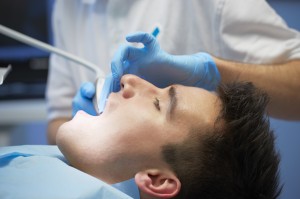
Extraction Post Op
Take your prescribed pain medication and antibiotic pill if you were prescribed by your doctor before the numbness goes away. This will usually coincide with the local anesthetic becoming less effective.
- Do not suck on a straw, spit, or smoke (Oral Cancer Prevention). This could cause a condition called dry socket (Dry Socket Wiki Page) which is very painful.
- Restrict your activities the day of surgery, and resume normal activity when you feel comfortable probably the next day.
- Place ice packs on the side of your face where surgery was performed.
- Restrict your diet to liquids and soft foods for the first few days till you are comfortable eating regular food.







